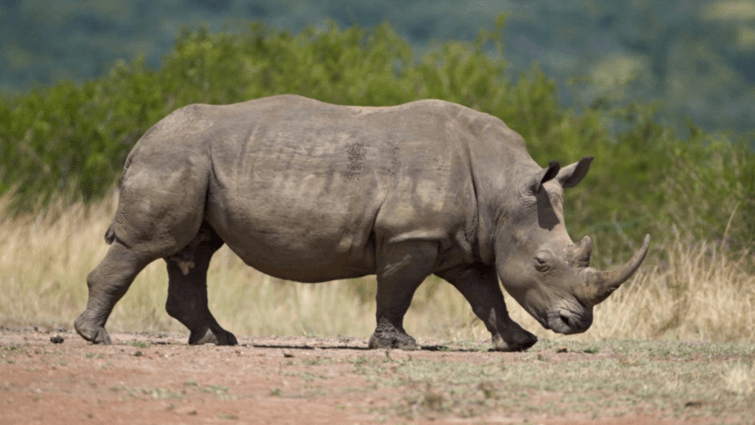
19 Jan, 2017
Rhino Poaching Crisis and Conservation in Assam
Assam is a state enriched with beautiful and bountiful natural phenomena. And it is evident that this halting ground has rich flora and fauna. Amongst them all, the Rhinoceros unicornis species or One-Horned Rhinoceros found in Assam's National Parks are well protected. This species was once a severe victim to poaching in the state and had to face hardships for many years. However, the Assam government took into consideration the dwindling population of these rhinos and worked towards its conservation. It is through their and the efforts of numerous wildlife conservationists that this exclusive species is thriving and bringing a lot of tourism to the state. Through this blog we take you through the difficult journey of the One-Horned Rhinos in Assam over the years and how conservation helped them from extinction.
Let us learn a thing or two about Rhinoceros: The Solitary yet Gregarious Animal
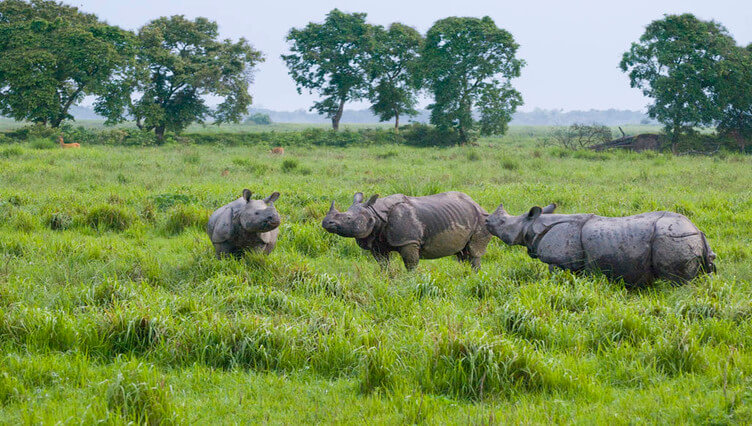
The One-horned Rhino is a pride of Assam state and along with being the third largest animal; One-horned Rhinoceros is one of the unique and limited mammals in the world. The Kaziranga National Park accounts about 85% of the total population of Rhinos while other populations are in National Parks around India and Nepal. Rhino consumes about 40 kg of vegetation a day and are often seen in groups, this indicates a lack of space. They are also usually spotted fighting for dominance and competing for available space.
Kaziranga National Park, with an area of 884 sq km, had 2,401 rhinos in 2015. Although the data for Pobitora Wildlife Sanctuary in Assam was not recovered, in 2012 it had about 38.8 sq kms inhabited by 100 rhinos.
Background: What started the outbreak of the Extinction
The question about how it all began will amaze you for the fact that, during the late 1800s and early 1900s, hunting for sport became common and were actively partaken. As reports state that the great one-horned rhinos came close to extinction in the early 1900s. Due to ruthless killing by some militants in Assam, more than 200 rhinos were shot; hence, rhino population in Kaziranga declined drastically. Conservation measures were put in place at the beginning of the 20th century and hunting was prohibited in Assam, Bengal, and Myanmar.
Rhino Poaching Deaths in Kaziranga National Park 2006 to 2015:
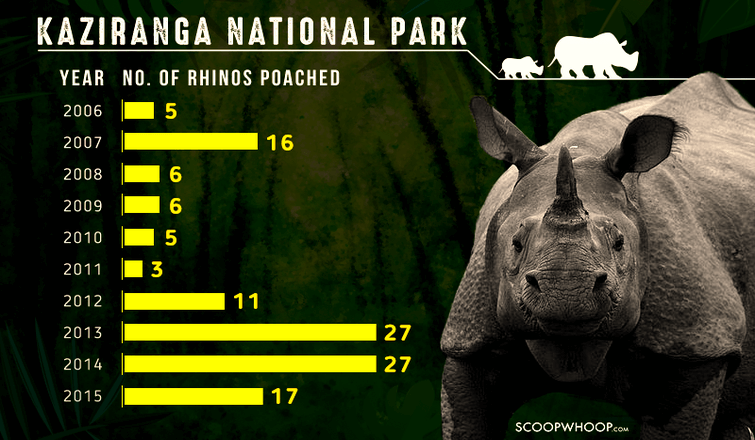
Rhino Poaching: A Serious Threat
Poaching for their horns remains a serious threat where the one-horned rhinoceros are targeted and their horns are smuggled. Despite being illegal, rhino horns are still used in some traditional Asian medicines for the treatment of a variety of illnesses. As per the Vietnamese, the horn of the Rhino provided remedies for fever and liver problems and most importantly it cures cancer diseases.
"A horn could fetch up to $60,000 per pound that is 49, 66,599 in rupees in countries like China and Vietnam, according to a report in The Washington Times."
Check the below given illustrated table for reference:
Floods in Assam: Another Enemy in Disguise
Apart from poaching, the flood in the state is the main concern for the population of rhinos. Assam suffers devastating floods every monsoon, sometimes leading to floods thrice a year. Ultimately, Kaziranga is often badly caught in floods, so either they lose their lives by getting washed away or move uphill in the neighbourhood, hence, making them an easy target for poaching. More than 90 rhinos were killed since 2013 with Kaziranga National Park acknowledging the highest incidents.
Response: Efforts done by Kaziranga to safeguard Rhinoceros

The government often comes under severe judgment for failing to address this painful problem of poaching adequately, however, progress are being made. Kaziranga National Park has put efforts to build in mounds in different places so that rhinos can seek refuge during floods. However, the question is if the flood doesn't subside, there would be a problem for food intake.
According to statistics from the end of 2012, in a combination of NP, WLS, and All Protected Areas, Assam's National Parks like Kaziranga National Park, Pabitora Wildlife Sanctuary, Orang National Park, Manas National Park were home to 2,505 rhinos. However, in 2016, this vulnerable animal in Assam is raised to a population of 3,500, which is more than the required number to have in Assam as per the ‘Indian Rhino Vision 2020.’
The Kaziranga National Park authorities conducted the 12th rhino population calculation study in 2015:
The talk about Generating New Territories for Rhinoceros in Kaziranga
There are acts to create new habitats in and around Assam to raise the number of rhinos since the population is increasing in number, leaving little space for them and even other animals in the park.
Protected areas are being planned and are looked after by (IRV) Indian Rhino Vision 2020 in partnership with (AFD) Assam Forest Department. IRV 2020 expects to increase the quantity of Rhinos in Assam; its sole goal is to have a wild population of at least 3,000 greater one-horned Rhinos and to spread over seven protected areas by the year 2020. It's also on a mission to expand them to over seven of the state’s National Parks like Kaziranga National Park, Pobitora Wildlife Sanctuary, Manas National Park, Laokhowa Wildlife Sanctuary, Burachapori Wildlife Sanctuary, Orang National Park, and Dibru Saikhowa Wildlife Sanctuary.
"With already one installed Rhino-protected, there two more are likely to be added by 2020, according to Amit Sharma, senior coordinator of the rhino conservation program at WWF-India."
The hideous act of animal poaching is a grief to tourism and the initiative to save the unique species can bring a new learning experience to tourists and wildlife conservatives. It is indeed great news that the population of rhinos is increasing and as travellers, we need to indulge into responsible tourism. And if possible take initiatives to help conserve the wildlife.
You may also like to read


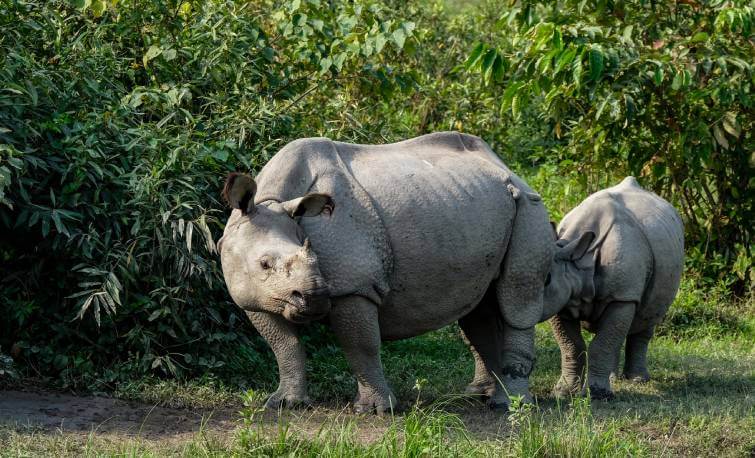

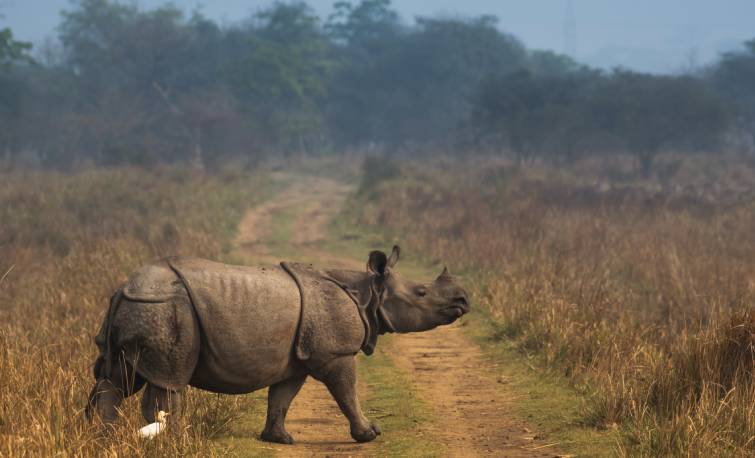
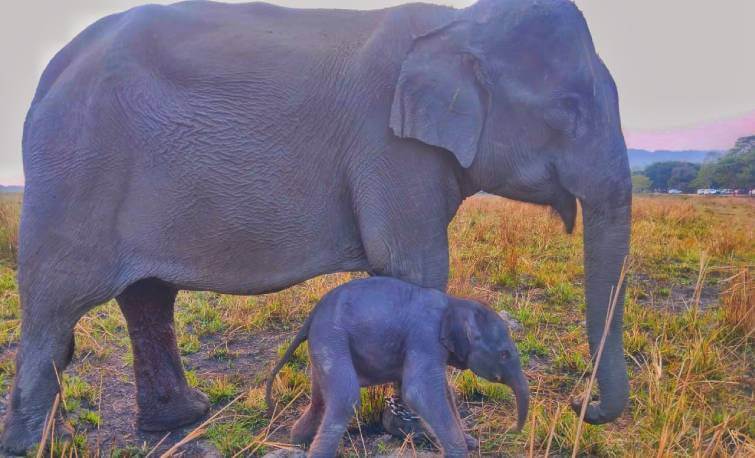
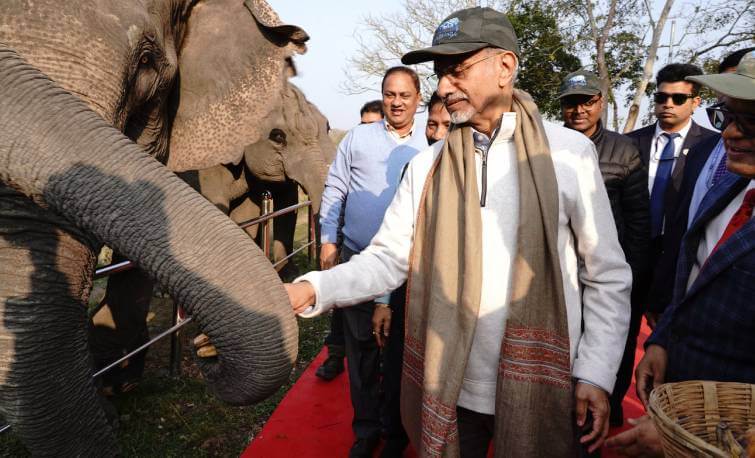




 Share
Share Home
Home Packages
Packages Book Now
Book Now